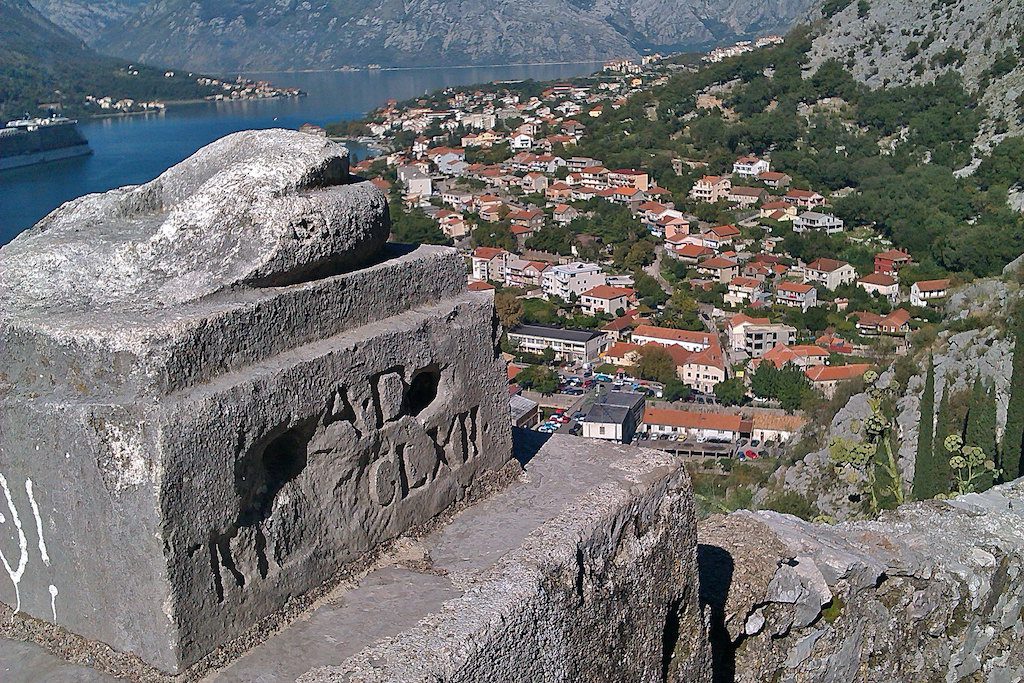Skift Take
It's not all bad news for European tourist arrivals, but it could be better. However, look to the Balkans for some robust growth fueled by arrivals from China and Russia.
New numbers from the European Travel Commission show reasons for measured optimism.
Growth in international tourist arrivals to Europe is expected to grow 3.6 percent in 2019. Though that represents a decrease year on year — 2018 saw 6.1 percent growth — it is in line with the average rate of growth for the decade prior.
Nearly every destination that provided data for the first two quarters of 2019 reported “significant increases in tourist arrivals early in the year,” the report, released Thursday, noted. However, the peak summer months will be the truest indicator of the year’s overall performance.
It almost goes without saying that the mildly good news comes amid chronically uncertain times. A trade war between the U.S. and China, a looming recession, the cooling of Chinese demand, Brexit, and general economic tension in the eurozone were all named as risk factors. That said, despite the trade war, Europe’s key long haul source markets — the U.S. and China — posted 11 percent and 4 percent growth, respectively.
In addition, aviation woes threaten to have a downward effect too, with strong demand coupled with weakened capacity of air traffic controllers resulting in delays and cancellations across Europe. The demise of low cost carrier Wow Air back in March resulted in Iceland being one of a handful destinations to report a decrease in arrivals — and quite a significant one at that, at 11 percent.
In the sea of just so-so growth, the southern Mediterranean and Balkan regions were stand-out success stories, thanks to efforts to “expand the tourism season, diversify the product offer, and develop niche marketing” campaigns. Montenegro and Turkey reported double digit growth so far this year — 50 percent and 12 percent respectively — with Slovenia and Greece following with 8 percent each, and Serbia at 4 percent. The growth of China as a source market to some of these markets was described as “staggering”: Montenegro saw 150 percent, Cyprus 62 percent, Serbia 55 percent, and Croatia 44 percent.
The strong growth in Turkey and Greece was thanks in part to Russia, which serves as the former’s largest source market. The report noted a “supernormal number of Russians are traveling to Turkey at present,” thanks in part to currency strength against the Turkish Lira. However, Russia had a bit of a dichotomous effect on destinations so far this year: While higher global oil prices have stimulated Russian outbound demand in general, nearly half of reporting destinations saw a fall in the share of Russians comprising their inbound markets. The strength euro against the rouble could be one reason why.
Eduardo Santander, executive director of ETC, indicated that despite the growth, there is work to be done.
“It is clear to us that maintaining growth in 2019 will be much more challenging than in 2018. Europe must align its market mix, identify under-served segments and further expand its understanding of pan-European product development.”
The Daily Newsletter
Our daily coverage of the global travel industry. Written by editors and analysts from across Skift’s brands.
Have a confidential tip for Skift? Get in touch
Tags: mediterranean, turkey
Photo credit: Kotor, Montenegro Fif' / Flickr
